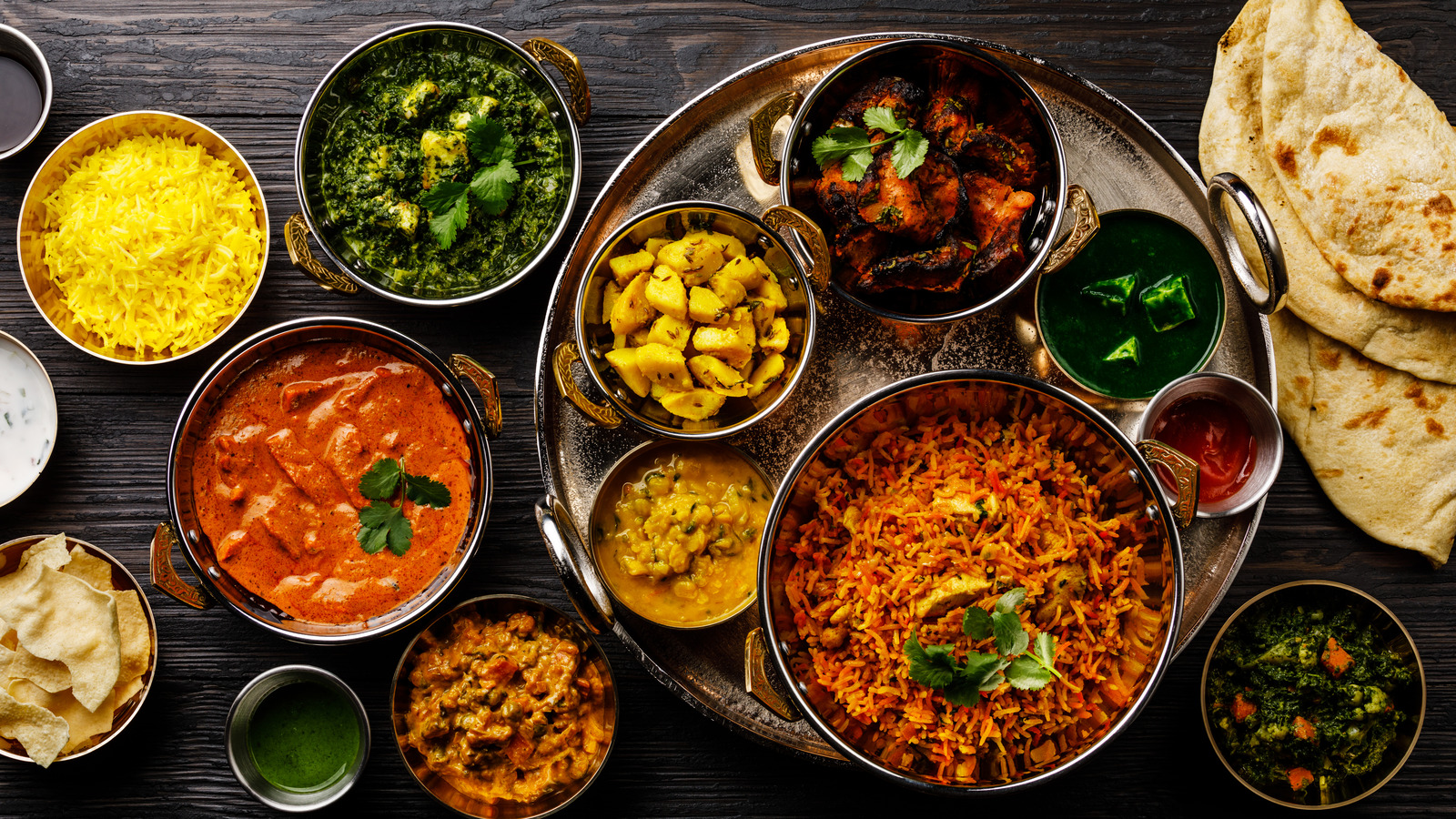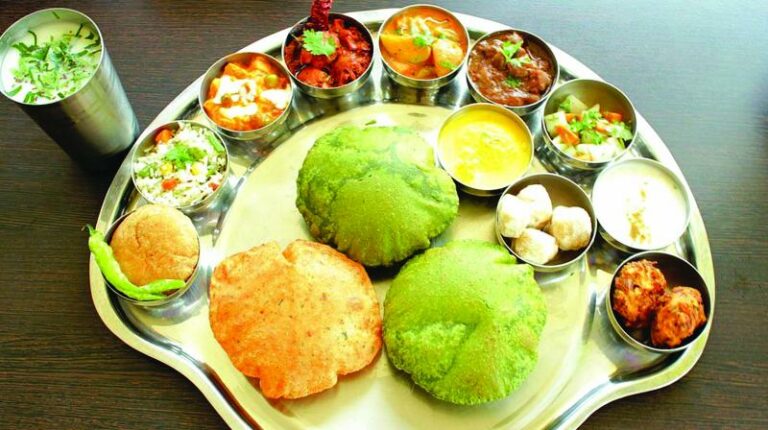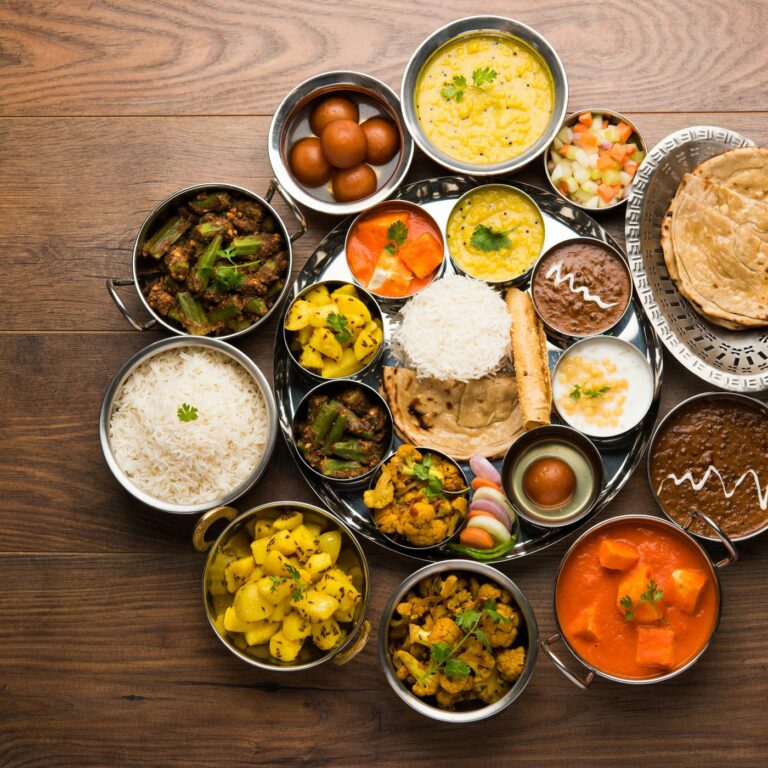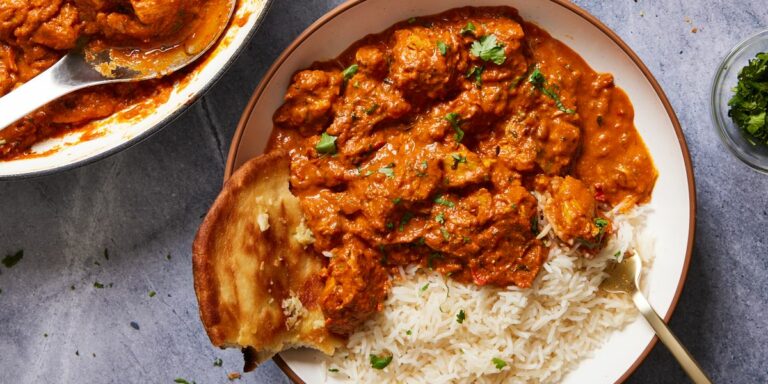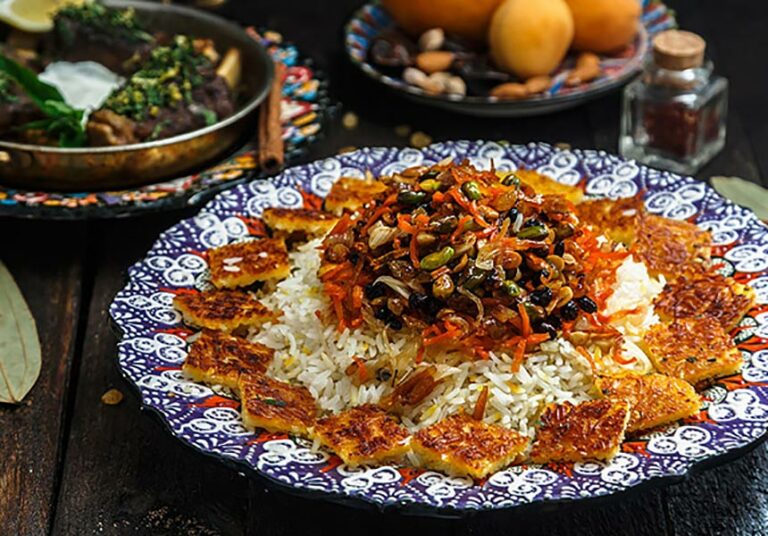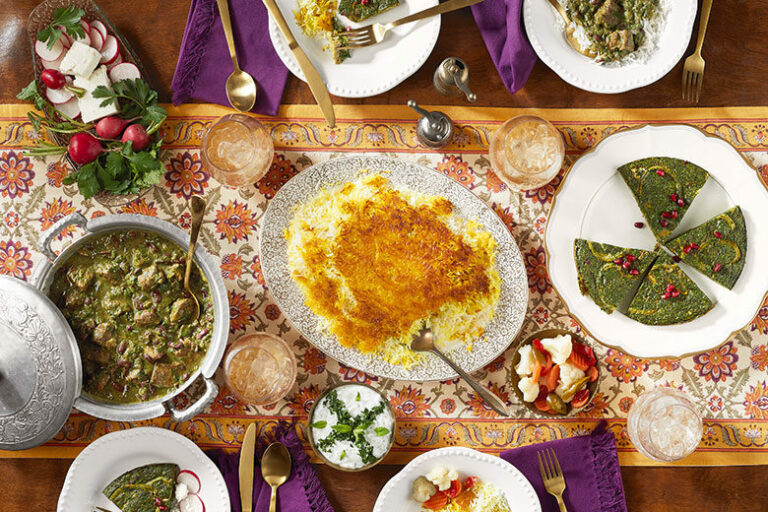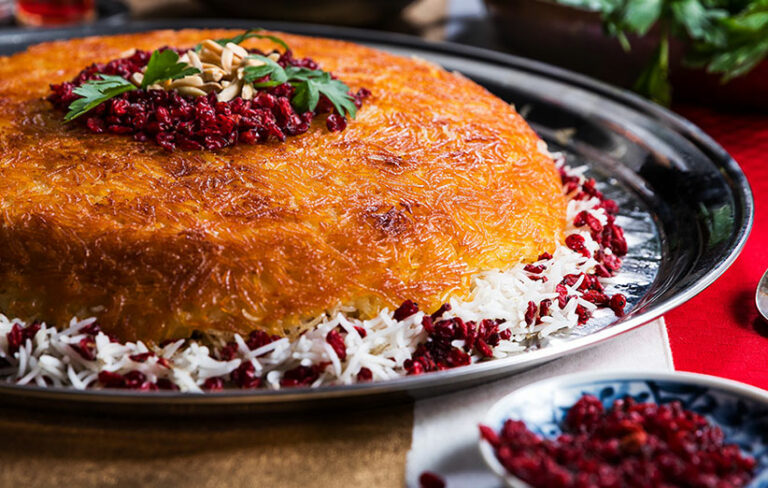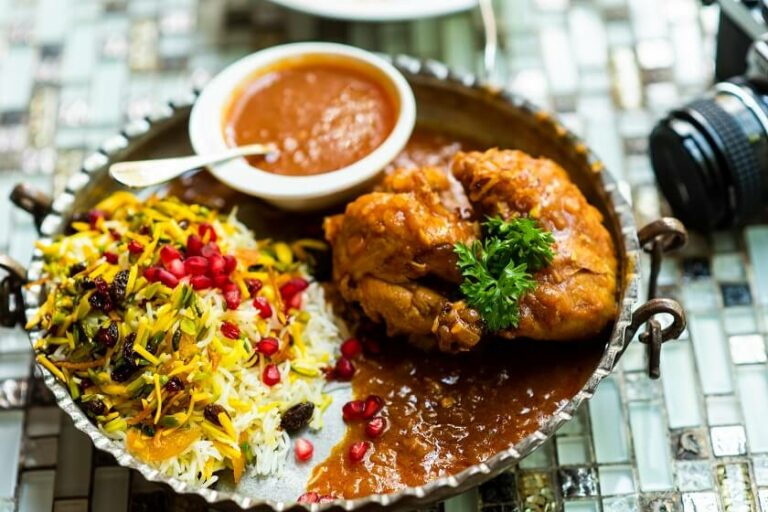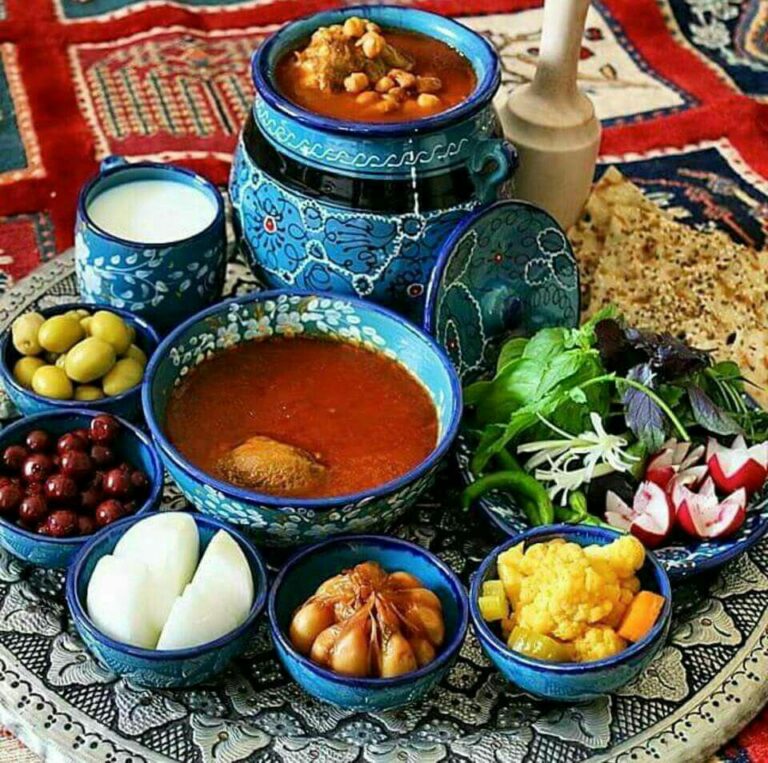Introduction: Indian cuisine and its diversity
Indian cuisine is renowned for its diversity, complexity and rich flavors. The cuisine of India varies significantly across regions, reflecting the country’s diverse culture, religion, and climate. Indian cuisine is characterized by its use of spices, herbs, and vegetables, which are combined in ways that enhance the taste of each ingredient. Indian cuisine is also known for its vegetarian and non-vegetarian dishes.
The historical context of Indian cuisine
The history of Indian cuisine dates back to the ancient times of the Indus Valley Civilization, which flourished between 2600 BC and 1900 BC. The Aryans, who migrated to India around 1500 BC, brought with them their cooking techniques and food traditions. The Maurya dynasty (321-185 BC) and the Gupta dynasty (320-550 AD) were known for their lavish feasts and banquets, which included a variety of dishes and cuisines. The Mughal Empire (1526-1858 AD) played a significant role in shaping the cuisine of India, introducing new cooking techniques and ingredients, such as saffron, nuts, and fruits.
The influence of neighboring countries on Indian cuisine
The cuisine of India has been influenced by its neighboring countries, including Persia, Central Asia, South East Asia, Portugal, and Britain. These influences have added new flavors and ingredients to Indian cuisine, making it even more diverse and complex.
Impact of Persian and Central Asian cuisines
The Persian and Central Asian cuisines have had a profound impact on the cuisine of India. The Mughal Empire, which originated in Persia, introduced new cooking techniques and ingredients, such as saffron, dried fruits, and nuts. The Mughal cuisine was known for its richness and complexity, and it greatly influenced the cuisine of North India. Some of the famous Mughal dishes include biryani, kebabs, and korma.
South East Asian influence on Indian cuisine
The cuisine of South East Asia has also influenced Indian cuisine. The traders and travelers from South East Asia brought with them new ingredients and cooking techniques, such as coconut milk, tamarind, and peanuts. These ingredients have been incorporated into Indian dishes, adding a new dimension of flavor and texture. Some of the famous South East Asian influenced Indian dishes include samosas, dosas, and chutneys.
The Portuguese and British influence on Indian cuisine
The Portuguese and British colonizers also had an influence on Indian cuisine. The Portuguese introduced new ingredients, such as tomatoes, potatoes, and chilies, which have become an essential part of Indian cuisine. The British introduced new cooking techniques, such as baking, which led to the creation of new Indian dishes, such as breads and cakes. The British also introduced tea, which has become an integral part of the Indian culture.
In conclusion, Indian cuisine has been influenced by its neighboring countries, adding new flavors, ingredients, and cooking techniques to make it even more diverse and complex. The influences from Persia, Central Asia, South East Asia, Portugal, and Britain have left a lasting impact on Indian cuisine, making it one of the most diverse and flavorful cuisines in the world.

